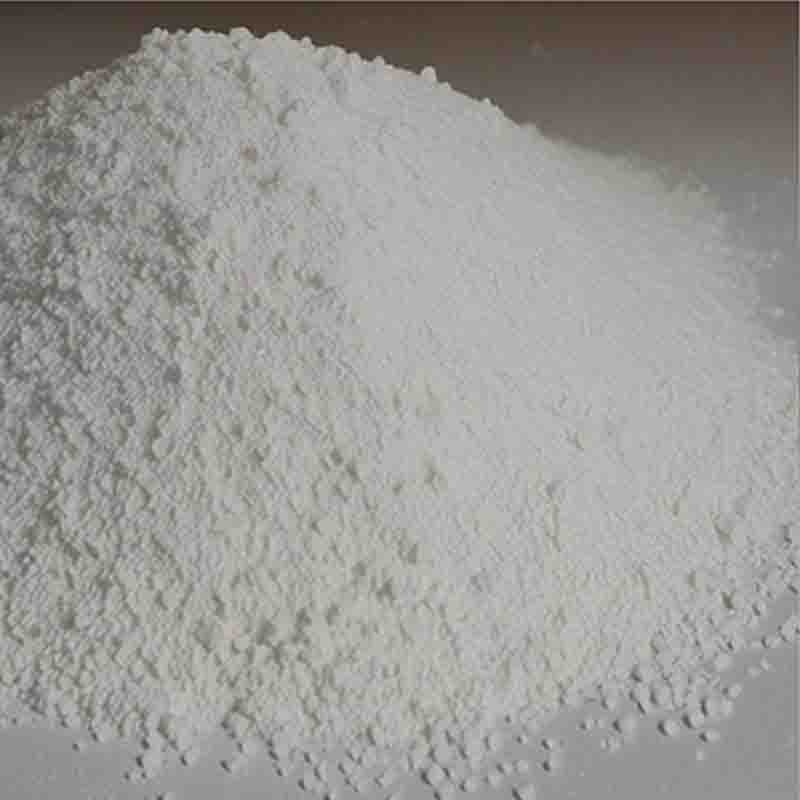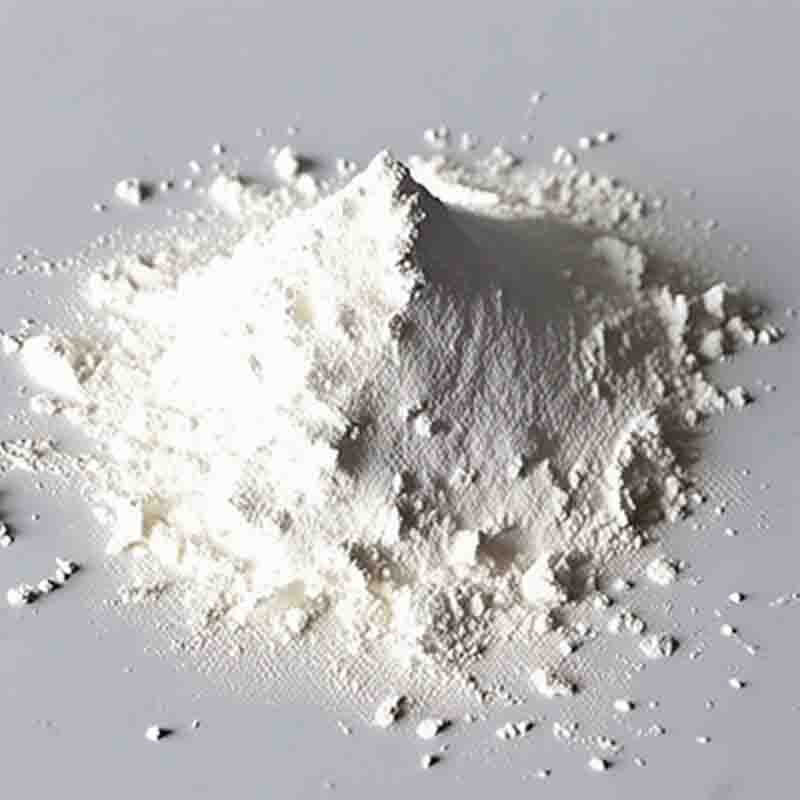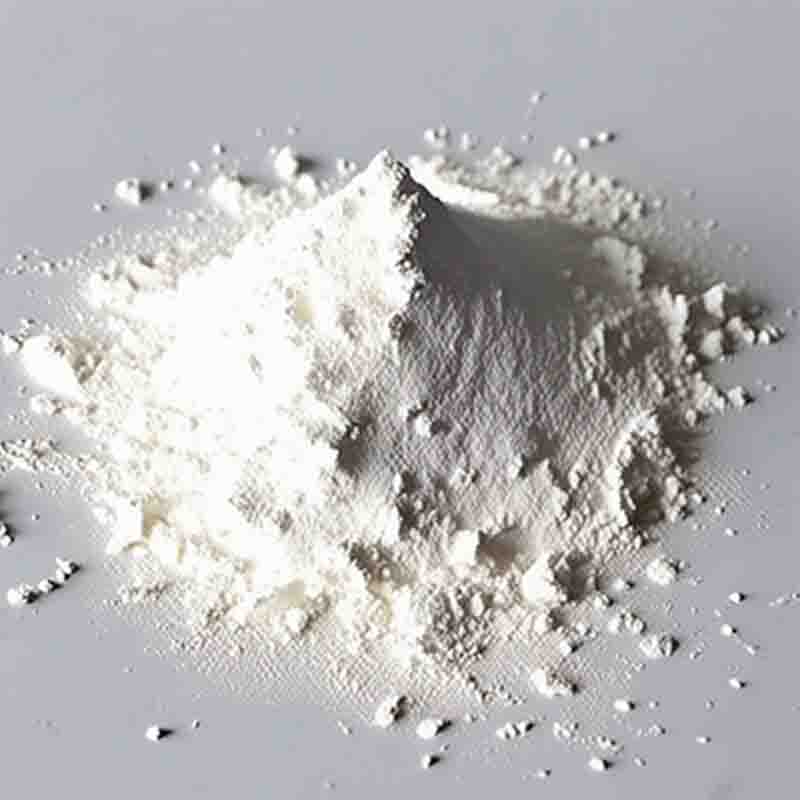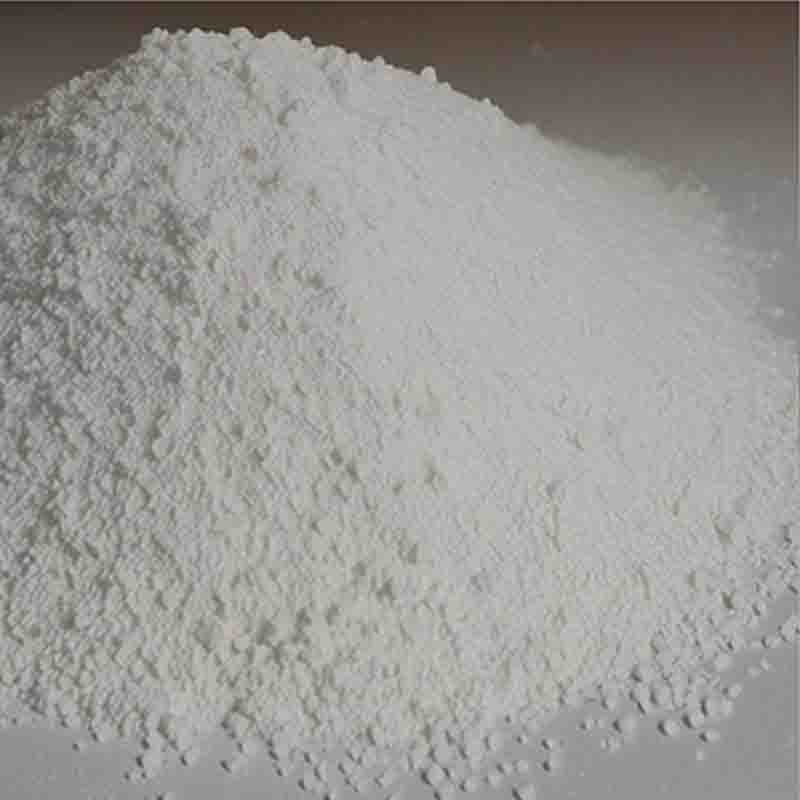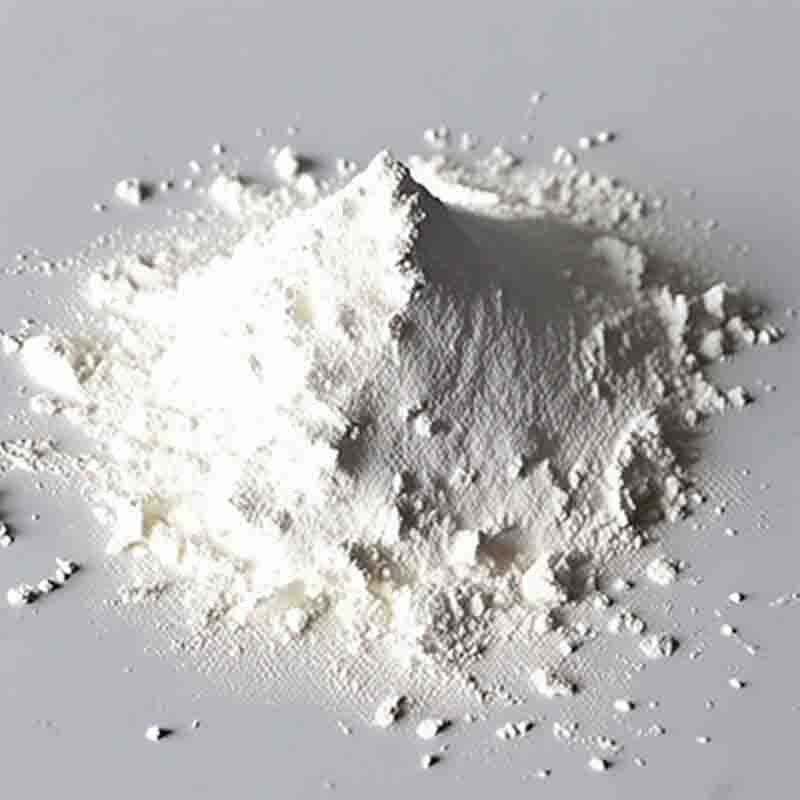Dichloro(pentamethylcyclopentadienyl)ruthenium(III) polymer CAS: 96503-27-4
| Catalog Number | XD94447 |
| Product Name | Dichloro(pentamethylcyclopentadienyl)ruthenium(III) polymer |
| CAS | 96503-27-4 |
| Molecular Formula | C20H30Cl4Ru210* |
| Molecular Weight | 614.4 |
| Storage Details | Ambient |
Product Specification
| Appearance | White powder |
| Assay | 99% min |
Dichloro(pentamethylcyclopentadienyl)ruthenium(III) polymer, often referred to as CpRuCl2, is an organometallic compound that contains a ruthenium(III) ion coordinated with two pentamethylcyclopentadienyl (Cp) ligands and two chloride ions. This complex has several important applications, particularly in catalysis and materials science.One of the main uses of CpRuCl2 is as a catalyst in various organic transformations. The presence of the ruthenium(III) ion and the Cp ligands provides a unique coordination environment that enhances the reactivity and selectivity of the catalytic processes. Cp*RuCl2 has shown excellent performance as a catalyst in diverse reactions, including hydrogenation, hydrosilylation, and C-C bond forming reactions. It is particularly effective in catalyzing the transfer hydrogenation of ketones and imines, allowing for the synthesis of valuable intermediates and fine chemicals.CpRuCl2 is also utilized in the synthesis of materials with unique properties. It has been employed as a precursor in the preparation of ruthenium-containing thin films, nanoparticles, and nanoclusters. These materials find applications in various fields, including catalysis, sensing, and electronics. For example, CpRuCl2-based materials have been used as catalysts in the oxidation of organic molecules and as components in electrochemical devices such as dye-sensitized solar cells and supercapacitors.Additionally, CpRuCl2 is employed in the synthesis of polymers with tailored properties. By incorporating CpRuCl2 units into the polymer backbone, it is possible to impart specific functionality and reactivity to the resulting material. Cp*RuCl2-based polymers have been studied for applications such as optical materials, sensors, and drug delivery systems. The presence of the ruthenium center allows for the introduction of additional functional groups through coordination chemistry, expanding the range of potential applications.Furthermore, CpRuCl2 can be used as a building block for the construction of metal-organic frameworks (MOFs). MOFs are porous materials with large surface areas and tunable structures, making them suitable for applications such as gas storage, separation, and catalysis. CpRuCl2-based MOFs have been investigated for the capture and storage of gases, as well as for catalytic applications, including the conversion of small molecules and the removal of pollutants.In summary, Dichloro(pentamethylcyclopentadienyl)ruthenium(III) polymer, or CpRuCl2, is a versatile compound with diverse applications in catalysis, materials science, and polymer chemistry. Its use as a catalyst enables various organic transformations, including transfer hydrogenation reactions. It is also employed in the synthesis of materials and polymers with unique properties and functionality. Additionally, CpRuCl2 plays a crucial role in the construction of metal-organic frameworks, which find applications in gas storage, separation, and catalysis. Overall, Cp*RuCl2 is a valuable compound with broad utility in various scientific and industrial sectors.


